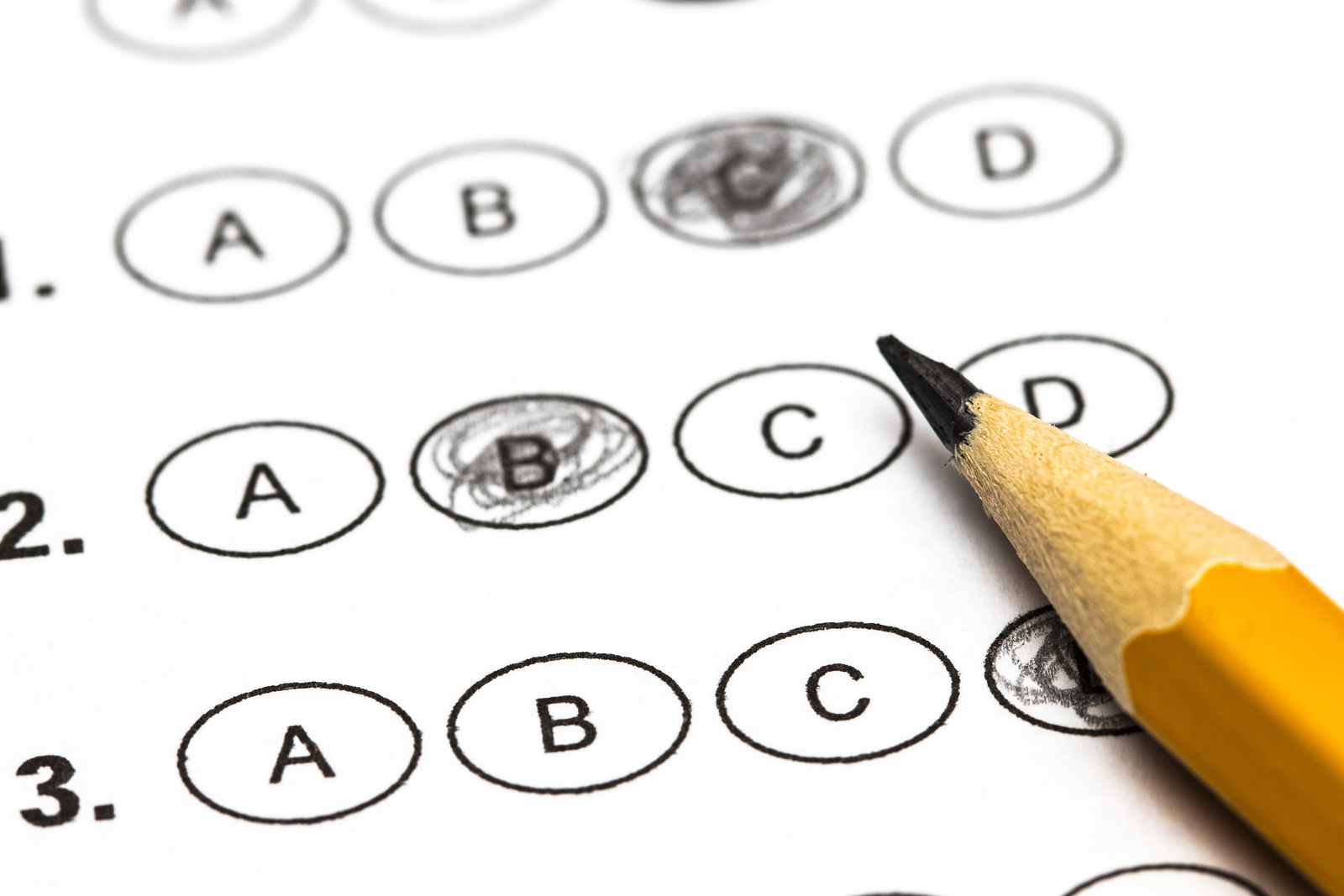When it’s time for the writing section on the test, you will very likely do just fine using the writing methods you’ve been taught in class. So while you don’t want to try to learn any new style, since this is a timed writing sample, there are a few strategies to know before you sharpen your pencil on test day
1. Use your first minute or two to write an outline – A lot of students are afraid to use up even a second on anything but filling up that page. But getting in the habit of outlining before you write is an investment in seconds that will pay off in better writing. If you don’t outline, ideas will become a mushy mess in your hurry. And remember: One of the big things they’re looking for is your ability to organize your ideas crisply in writing.
2. Write how you learned in class – Like we said, you don’t need to know any fancy new way to write. The method you’re learning in class is probably just about what your next school is looking for.
3. Read writers that you like – If they’re interesting to you, there’s a reason for that. Let a little of that interesting style rub off on you, and you’ll write more easily, and more interestingly. How will you know the best writers to emulate? When you feel that click with great writing, that style of writing that give you a charge, so that you can hear the ink sizzle on the page, that’s the one you want to get to know. And if your writing sample will be an opinion-based essay, read the op-eds in a good newspaper, or any journalistic website. These people are paid to grab a reader’s attention, and they do that by expressing their opinions respectfully, intelligently, but mostly strongly. Take a strong position. If you want to know what it feels to read a wishy-washy opinion peace, just go back to the op-ed pieces you tried out but stopped reading because they were boring.
4. Strong conclusion – we had one student who forgot to keep an eye on the clock, and had to finish her essay with a supporting paragraph. The essay was great until then, but it had no strong ending. Imagine your favorite movie. It probably had a really great end, right? Now imagine watching it with the last 10 minutes cut out. Not so great, right? When movies are tested with audiences, if the ending is rated highly, the movie as a whole will be rated highly. Even if the beginning and middle of the movie got much weaker scores. So what’s happening? The movies are leaving a strong last impression, which puts a nice rosy hue on all of the parts that came before. So since it’s so important to leave a strong last impression, be sure there’s time to write a dazzling conclusion – even if you have to shorten a supporting paragraph or two to make the time.
5. Save a little time to proofread – Everyone’s writing sample is a first draft. Your reader knows this, and won’t expect perfect Shakespeare. So if you turn in your writing with a mistake, or two, it’s not a big problem. But it’s dangerous to turn in writing that’s just riddled with mistakes from beginning to end. It can’t help but make a bad impression on your reader, or even make them wonder if you care about the quality of your work. So one of the best investments you can make with your time is to save the last minute or two to proofread. It’s amazing the things your eyes will see the second time around, that they didn’t notice at first.
So like we said at the beginning, you probably already know a perfectly good writing method for test day.
But what’s different about your writing on test day will be knowing how to write under time constraints, and about a subject that will be a complete surprise to you.
How will you make sure those things aren’t problems? Practice. Use sample test prompts and try to write good essays in the amount of time your test gives you.







